Prosthetic Liners
-
Amputee Essentials Alliance Liner, Antibacterial Gel, Cushion & Locking Liner, Moderate to High ActivityAmputee EssentialsSKU:14900
-
Thermo-Ply Encore V Liner, Cushion Liner & Locking Liner, Moderate Activity, TPE GelThermo-PlySKU:18900
-
ALPS General Purpose Liner, Cushion & Locking Liner, Low Activity, AK & BK, Grip GelALPS SouthSKU:20900
-
Alps Smart Seal Liner, Sealing Bands, AK & KD, Cushion & Locking Liner, HD GelALPS SouthSKU:28300
-
WillowWood Basic Liner, Cushion Liner & Locking Liner, Low Activity, AK & BK, TPE GelWillowWoodSKU:25900
-
Alps Smart Seal Liner, Sealing Bands, Below Knee, Cushion & Locking Liner, HD GelALPS SouthSKU:29300
-
Amputee Essentials Calibrate Socket Adjustment Gel Pads, Socket Enhancing, 4 Optional ShapesAmputee EssentialsSKU:1899
-
ALPS ProFit Liner, Cushion & Locking Liner, All Activity Levels, AK & BK, OptiGelALPS SouthSKU:29000
Prosthetic Liners on amputeestore.com
A prosthetic liner is one of the most essential components of a comfortable and well-functioning prosthesis. Worn directly over your residual limb, it serves as a soft, protective layer between your skin and the hard prosthetic socket. A prosthetic liner helps reduce friction, distribute pressure, manage moisture, and—depending on the design—assist with suspending the prosthesis securely in place. For many amputees, it’s the first thing...
Read MoreA prosthetic liner is one of the most essential components of a comfortable and well-functioning prosthesis. Worn directly over your residual limb, it serves as a soft, protective layer between your skin and the hard prosthetic socket. A prosthetic liner helps reduce friction, distribute pressure, manage moisture, and—depending on the design—assist with suspending the prosthesis securely in place. For many amputees, it’s the first thing they put on each morning and the key to staying active and comfortable throughout the day.
Prosthetic liners are available in various materials and configurations to support different limb shapes, skin types, activity levels, and suspension systems. The most common materials include silicone, gel (TPE), and polyurethane. Silicone liners offer durability and stability and are great for active users. Gel liners provide additional cushioning, often infused with mineral oil or aloe to nourish sensitive skin. Polyurethane liners conform well to the limb and distribute pressure evenly, making them ideal for use in vacuum systems.
Liners come in two major types: locking liners and cushion liners. Locking liners have a pin or lanyard at the bottom that attaches to the prosthesis, securing it in place via a shuttle lock or strap. This system—popularized by the original “Silicone Suction Socket” (3S) or “Iceross”—has become a widely used and convenient form of suspension. Locking liners allow for greater knee flexion and also protect the skin from damaging shear forces. If your limb loses volume over time due to weight loss or atrophy, you can wear prosthetic socks over the liner to regain a secure fit.
Cushion liners, in contrast, have no pin and are typically paired with suction or vacuum systems. These liners are ideal for skin preservation, comfort, and maintaining consistent socket fit throughout the day. Some versions, like those used with elevated vacuum systems, include a small mechanical pump that draws out air with each step, enhancing suspension and helping control daily volume fluctuations in your limb. Consistent volume helps prevent skin issues and keeps your socket fitting snugly from morning to night.
Many amputees also wear Liner-Liner sock socks underneath their prosthetic liner to help wick moisture, reduce odor, and improve overall comfort. These thin socks are particularly helpful for individuals prone to sweating or skin irritation.
As prosthetic technology continues to evolve, manufacturers have developed liners tailored for specific amputation levels—such as above-knee (AK), below-knee (BK), and upper-extremity amputations. Designs may vary in thickness, texture, and flexibility, so choosing the right prosthetic liner depends on your lifestyle, limb condition, and the type of socket and suspension system you use. Some liners, such as those from ALPS, WillowWood, and Ottobock, may not be cross-compatible due to different material properties, shapes, or locking mechanisms. For example, switching from a gel-based liner like ALPS to a firmer silicone liner from Ossur might cause skin issues if your skin isn’t accustomed to the new texture or level of compression.
Helpful Tip: Before purchasing a new prosthetic liner, confirm that it’s compatible with your existing socket and suspension system. Small differences in design can significantly impact fit, function, and comfort.
Proper care is essential to get the most out of your prosthetic liner. Clean it daily with mild soap and warm water, rinse thoroughly, and allow it to air dry. Most liners need to be replaced every 6 to 12 months depending on usage and activity level.
For more information on choosing the best prosthetic liner for your needs—including guidance on care, material comparisons, and suspension options—check out our full Prosthetic Liner Guide. Choosing the right liner can make a dramatic difference in your comfort, confidence, and quality of life.
Read LessProsthetic Liners on amputeestore.com
A prosthetic liner is one of the most essential components of a comfortable and well-functioning prosthesis. Worn directly over your residual limb, it serves as a soft, protective layer between your skin and the hard prosthetic socket. A prosthetic liner helps reduce friction, distribute pressure, manage moisture, and—depending on the design—assist with suspending the prosthesis securely in place. For many amputees, it’s the first thing...
Read MoreA prosthetic liner is one of the most essential components of a comfortable and well-functioning prosthesis. Worn directly over your residual limb, it serves as a soft, protective layer between your skin and the hard prosthetic socket. A prosthetic liner helps reduce friction, distribute pressure, manage moisture, and—depending on the design—assist with suspending the prosthesis securely in place. For many amputees, it’s the first thing they put on each morning and the key to staying active and comfortable throughout the day.
Prosthetic liners are available in various materials and configurations to support different limb shapes, skin types, activity levels, and suspension systems. The most common materials include silicone, gel (TPE), and polyurethane. Silicone liners offer durability and stability and are great for active users. Gel liners provide additional cushioning, often infused with mineral oil or aloe to nourish sensitive skin. Polyurethane liners conform well to the limb and distribute pressure evenly, making them ideal for use in vacuum systems.
Liners come in two major types: locking liners and cushion liners. Locking liners have a pin or lanyard at the bottom that attaches to the prosthesis, securing it in place via a shuttle lock or strap. This system—popularized by the original “Silicone Suction Socket” (3S) or “Iceross”—has become a widely used and convenient form of suspension. Locking liners allow for greater knee flexion and also protect the skin from damaging shear forces. If your limb loses volume over time due to weight loss or atrophy, you can wear prosthetic socks over the liner to regain a secure fit.
Cushion liners, in contrast, have no pin and are typically paired with suction or vacuum systems. These liners are ideal for skin preservation, comfort, and maintaining consistent socket fit throughout the day. Some versions, like those used with elevated vacuum systems, include a small mechanical pump that draws out air with each step, enhancing suspension and helping control daily volume fluctuations in your limb. Consistent volume helps prevent skin issues and keeps your socket fitting snugly from morning to night.
Many amputees also wear Liner-Liner sock socks underneath their prosthetic liner to help wick moisture, reduce odor, and improve overall comfort. These thin socks are particularly helpful for individuals prone to sweating or skin irritation.
As prosthetic technology continues to evolve, manufacturers have developed liners tailored for specific amputation levels—such as above-knee (AK), below-knee (BK), and upper-extremity amputations. Designs may vary in thickness, texture, and flexibility, so choosing the right prosthetic liner depends on your lifestyle, limb condition, and the type of socket and suspension system you use. Some liners, such as those from ALPS, WillowWood, and Ottobock, may not be cross-compatible due to different material properties, shapes, or locking mechanisms. For example, switching from a gel-based liner like ALPS to a firmer silicone liner from Ossur might cause skin issues if your skin isn’t accustomed to the new texture or level of compression.
Helpful Tip: Before purchasing a new prosthetic liner, confirm that it’s compatible with your existing socket and suspension system. Small differences in design can significantly impact fit, function, and comfort.
Proper care is essential to get the most out of your prosthetic liner. Clean it daily with mild soap and warm water, rinse thoroughly, and allow it to air dry. Most liners need to be replaced every 6 to 12 months depending on usage and activity level.
For more information on choosing the best prosthetic liner for your needs—including guidance on care, material comparisons, and suspension options—check out our full Prosthetic Liner Guide. Choosing the right liner can make a dramatic difference in your comfort, confidence, and quality of life.
Read Less
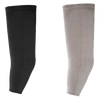

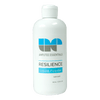


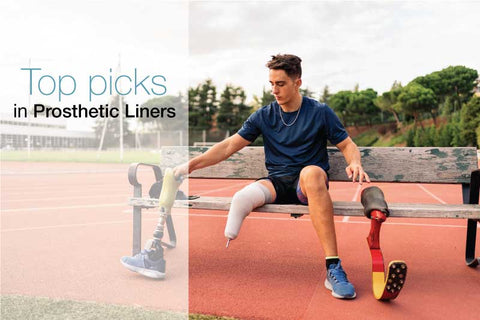
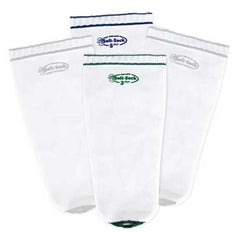
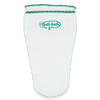
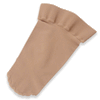
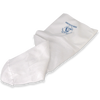
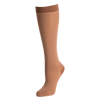
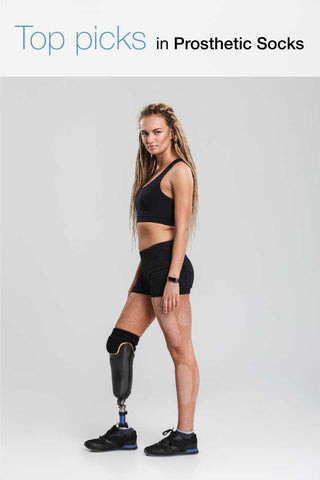



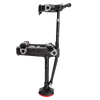
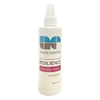
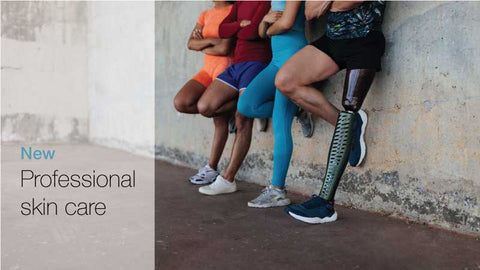






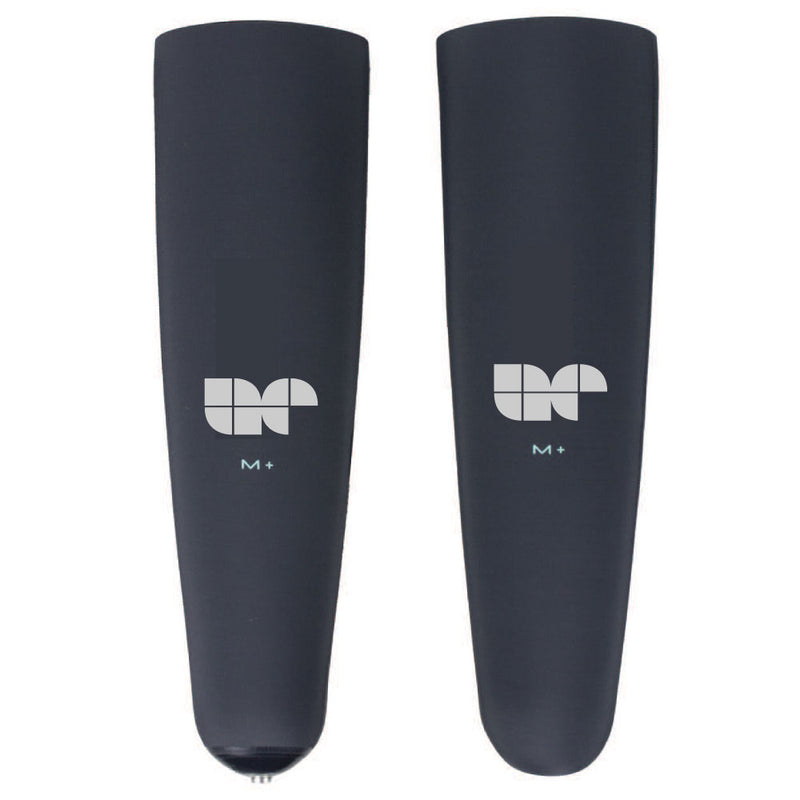
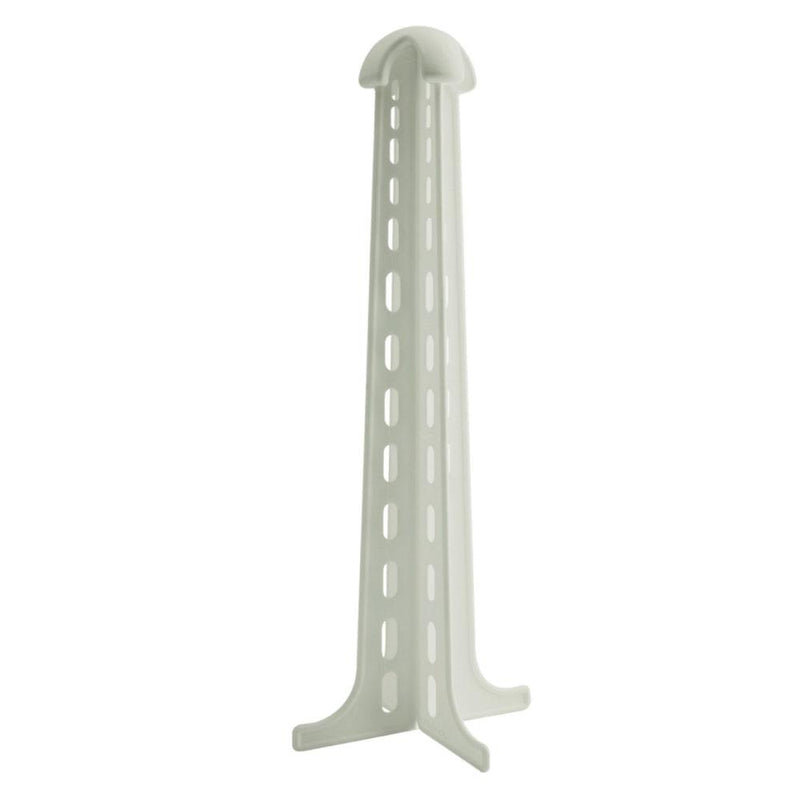
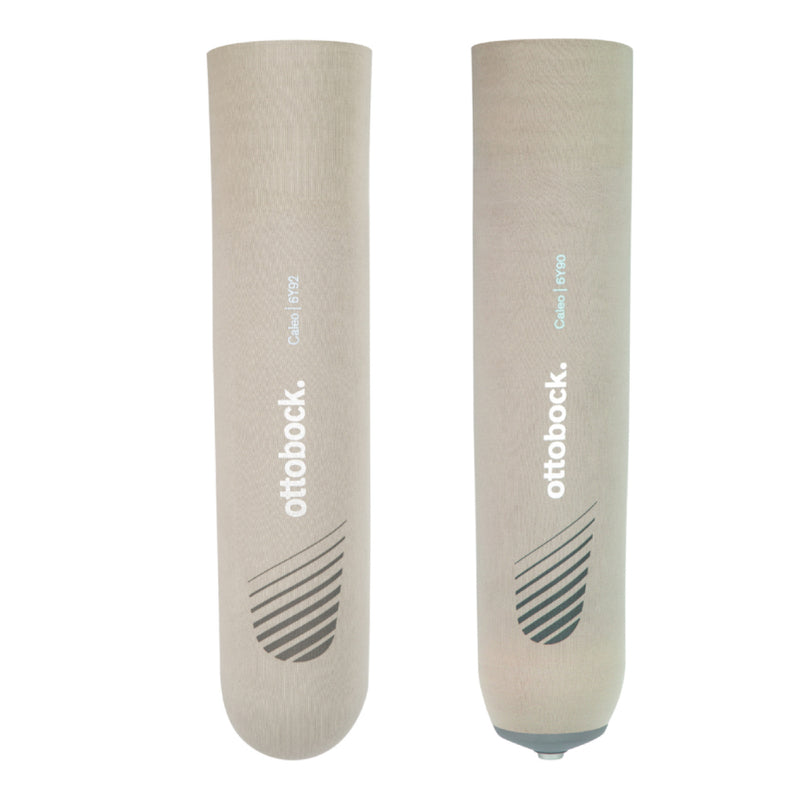
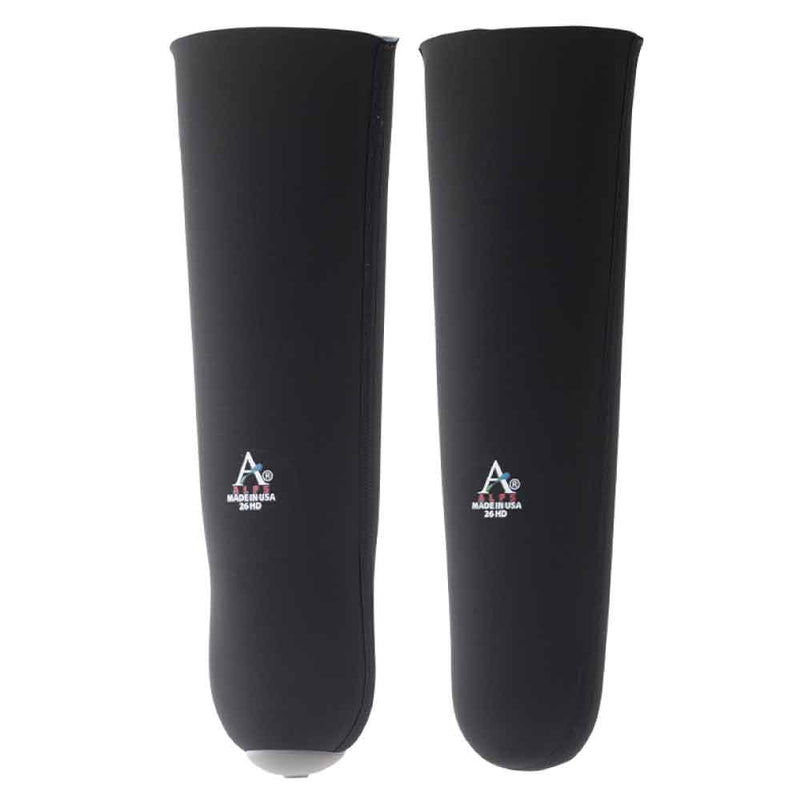


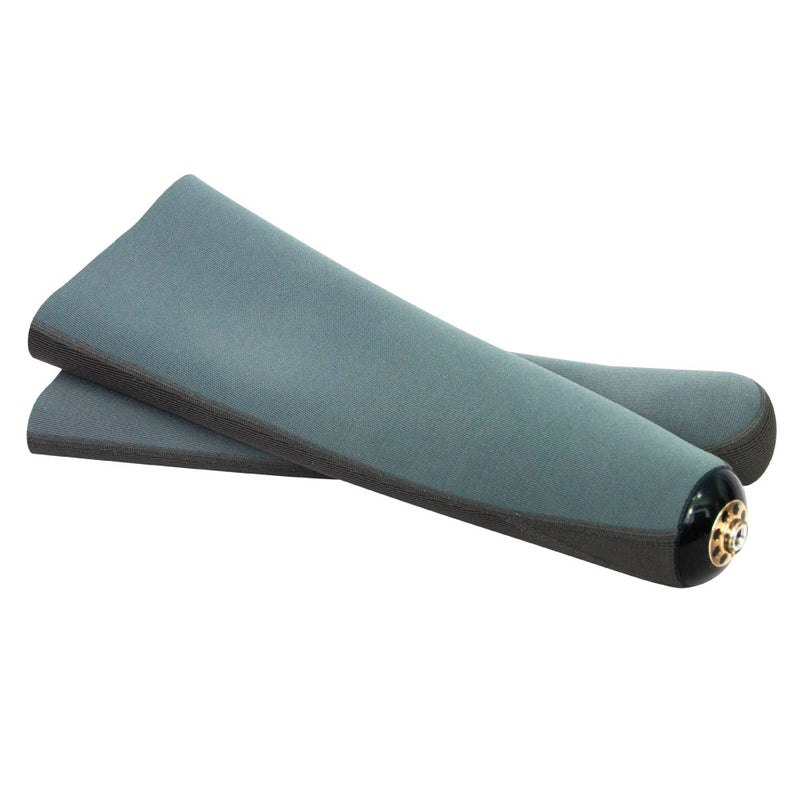
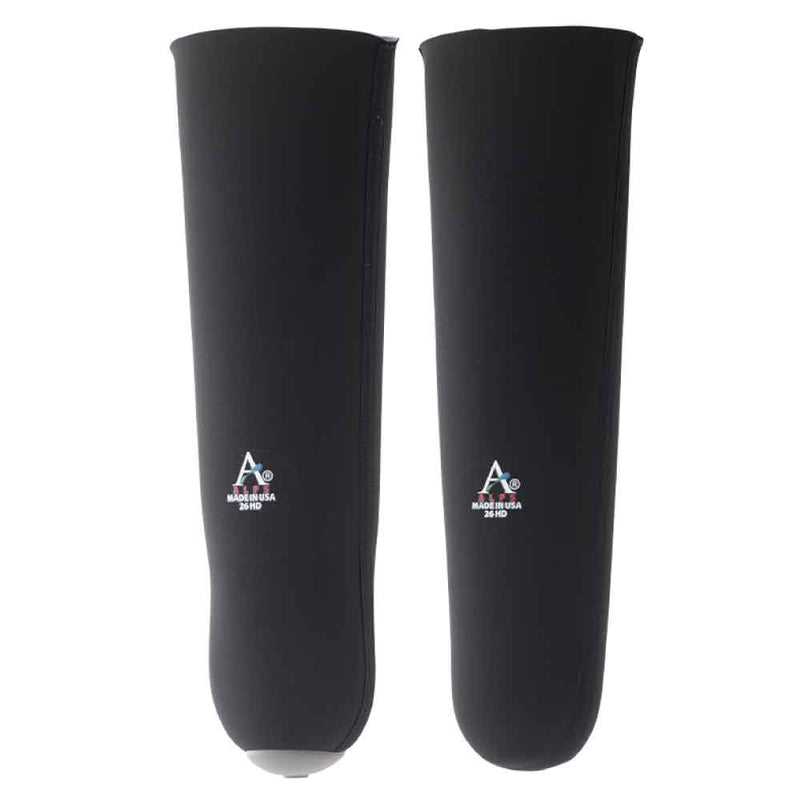


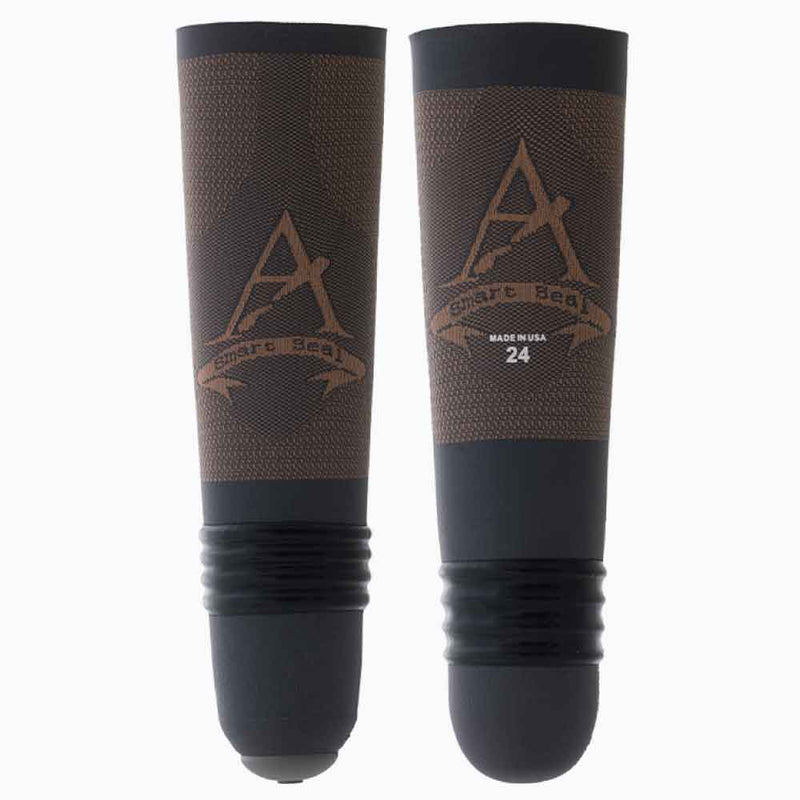
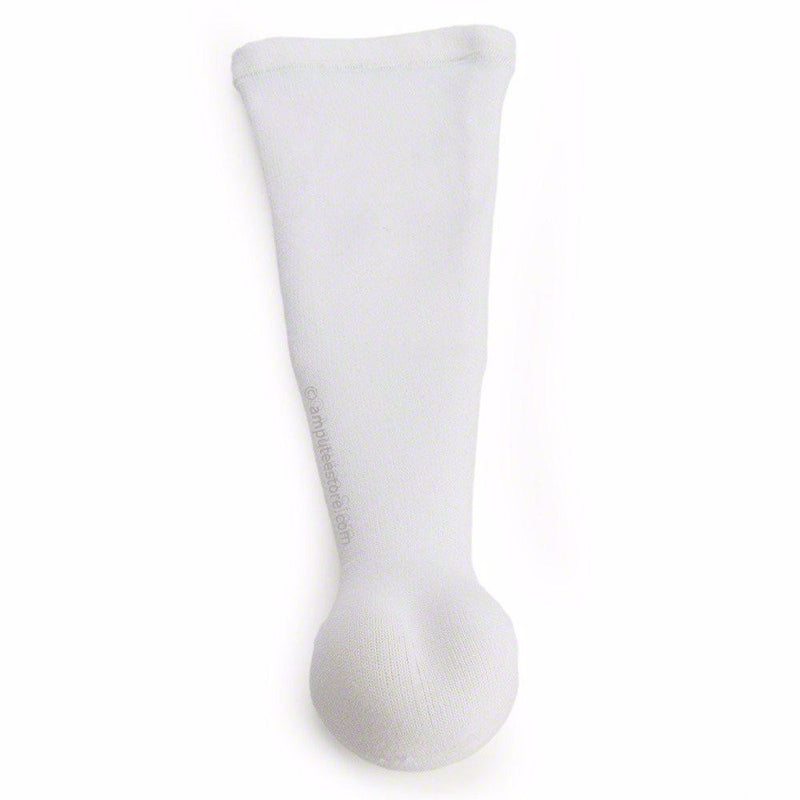
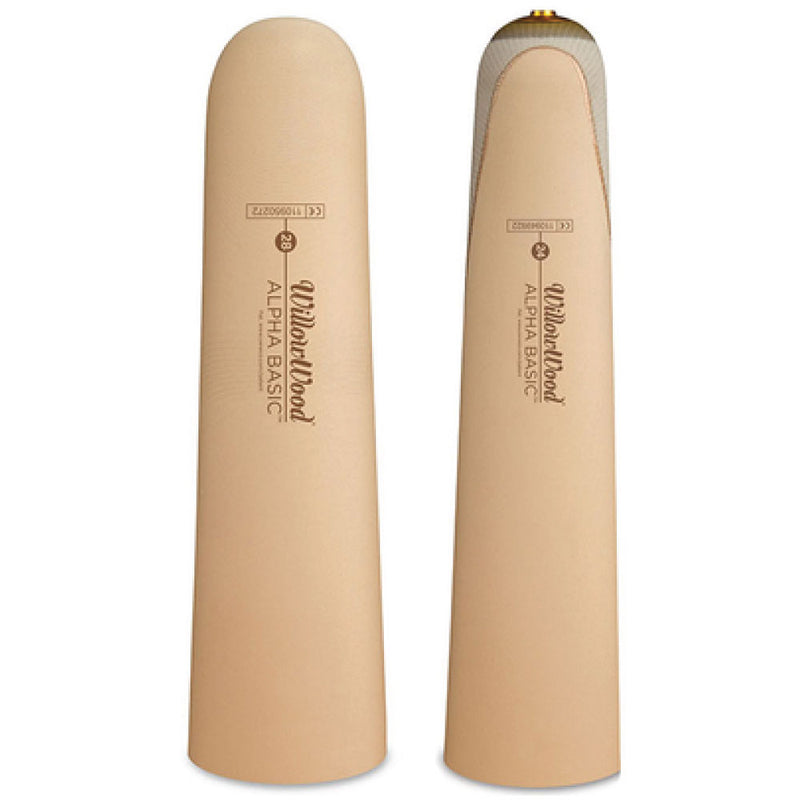
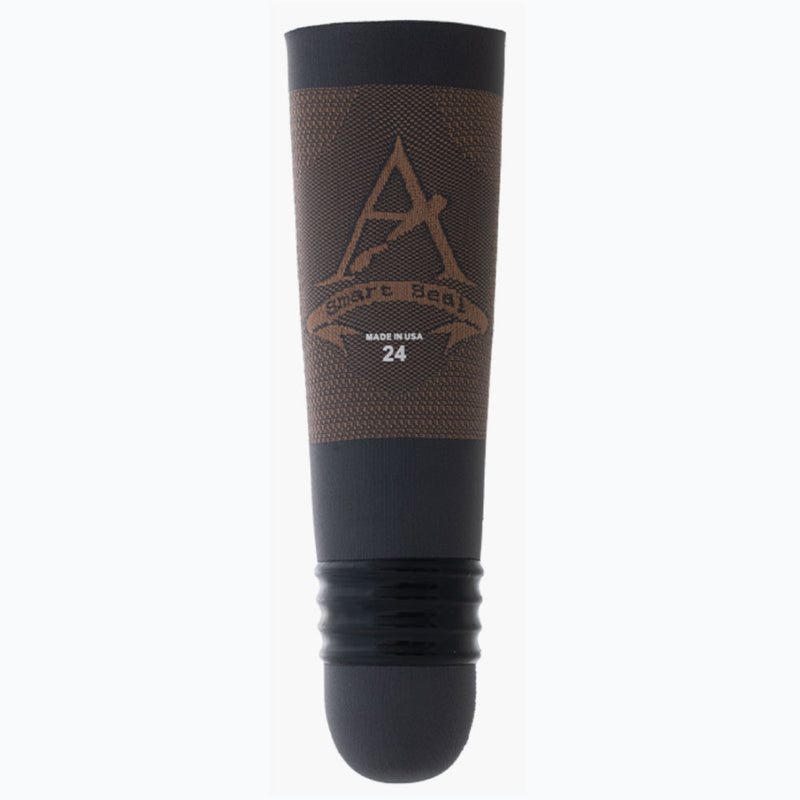
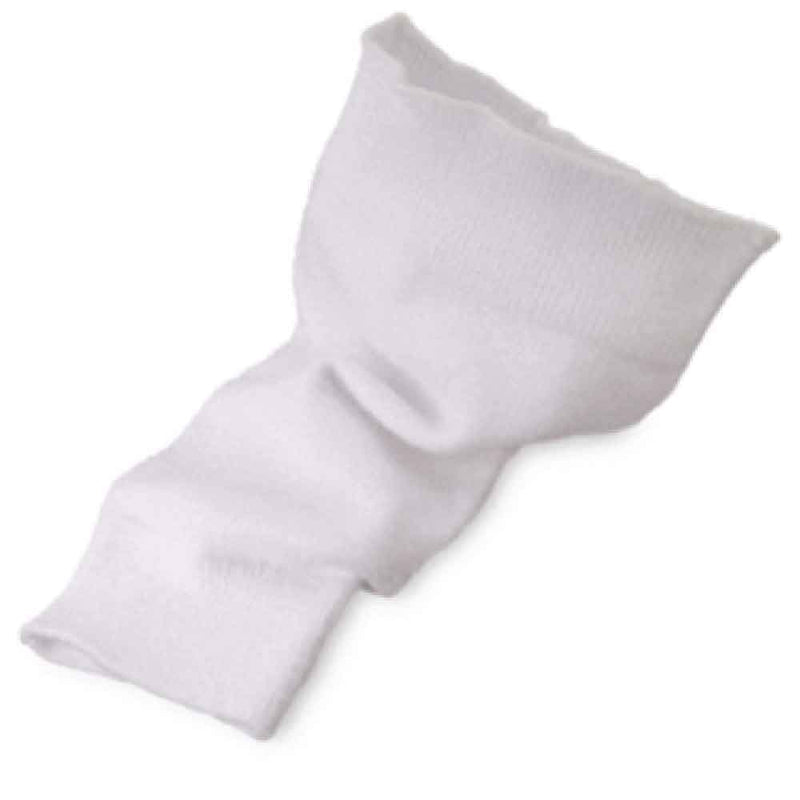
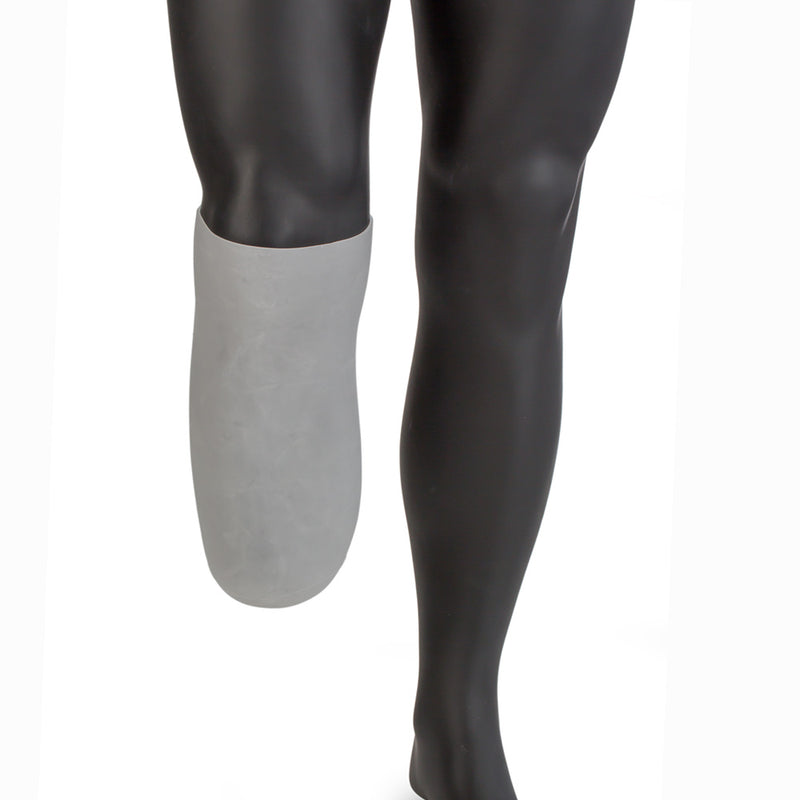

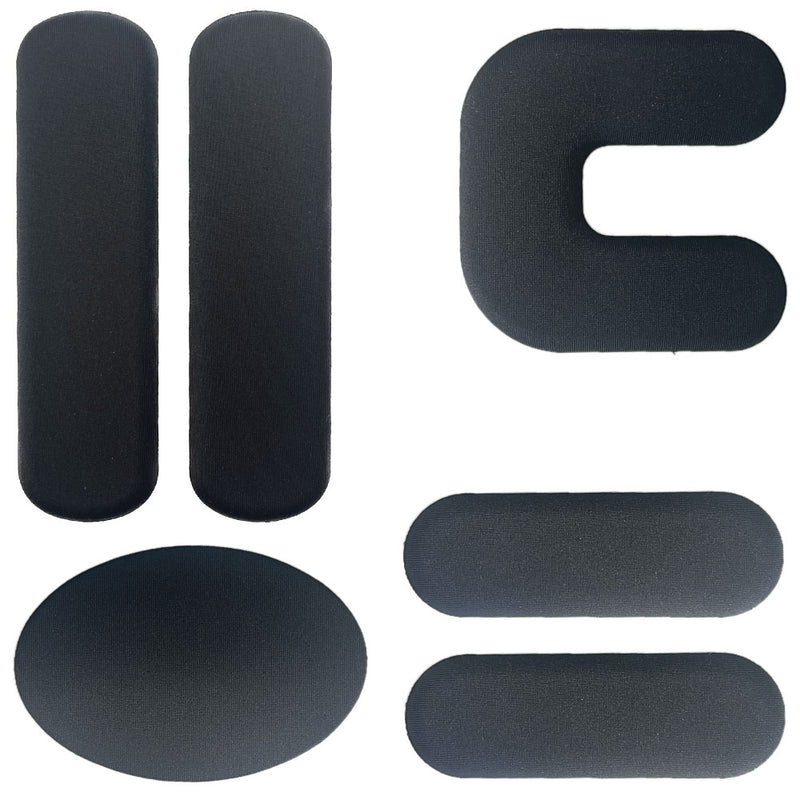
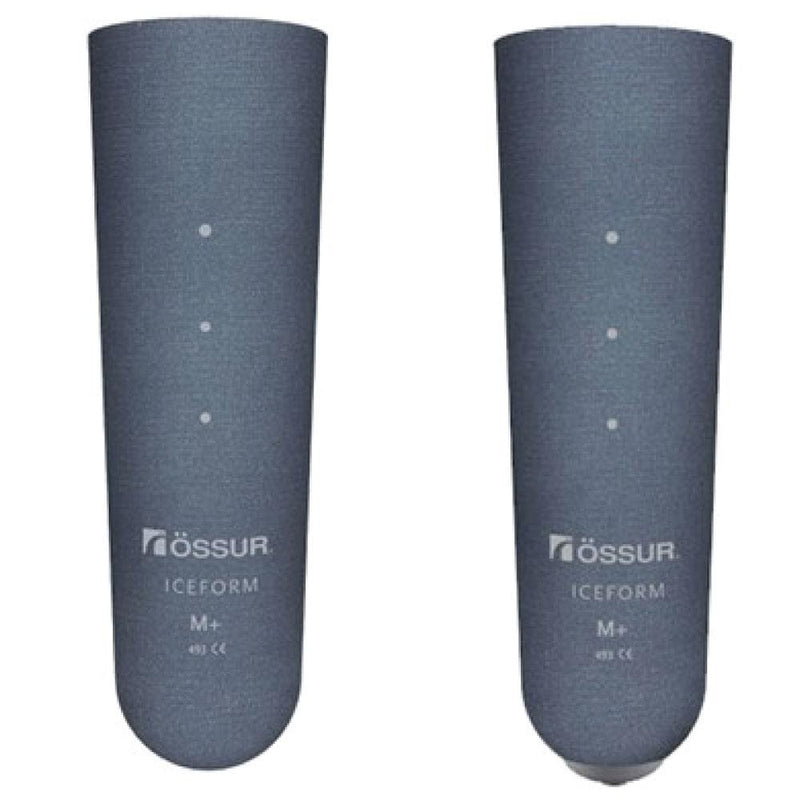
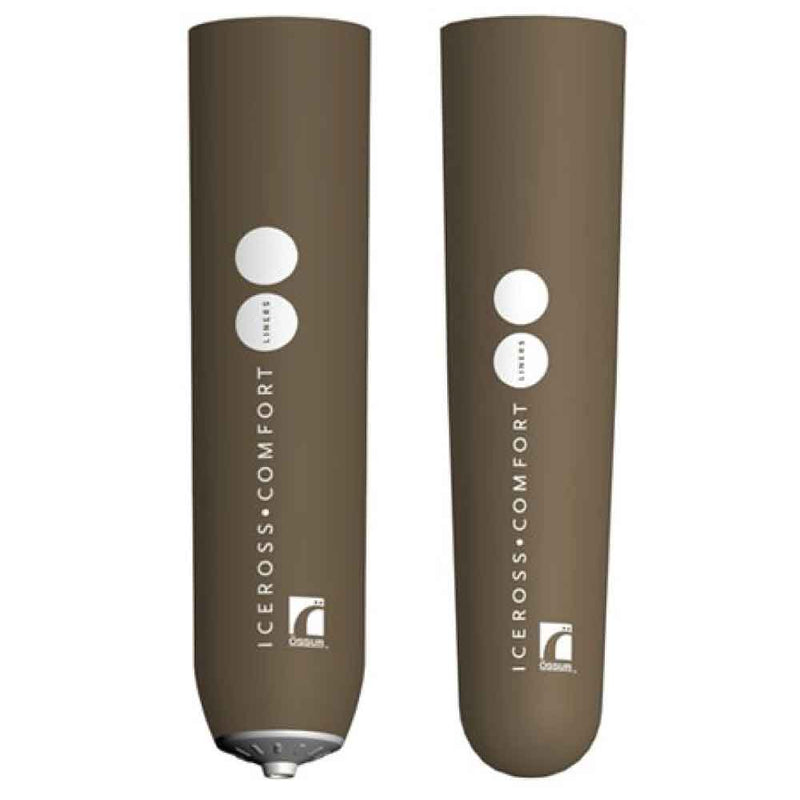
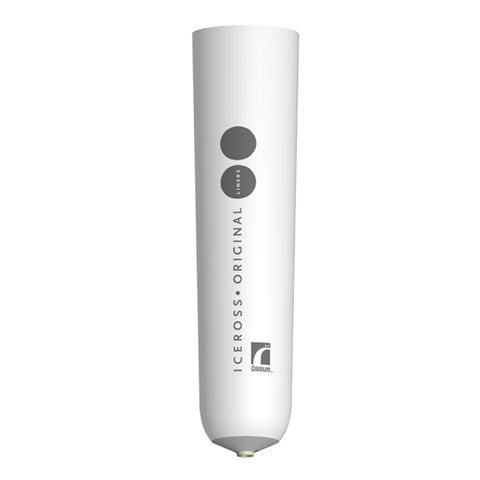
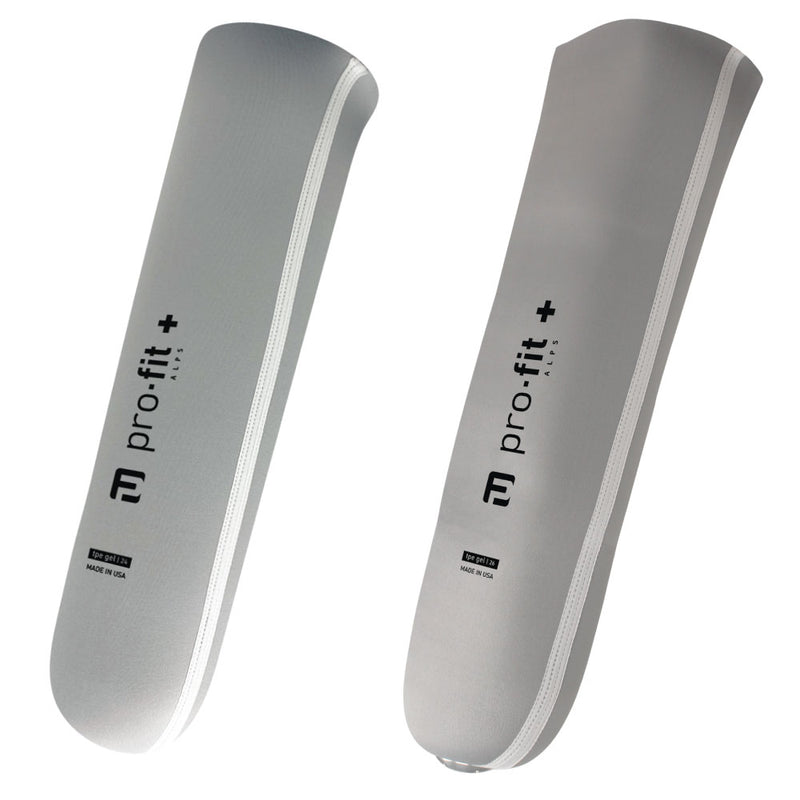
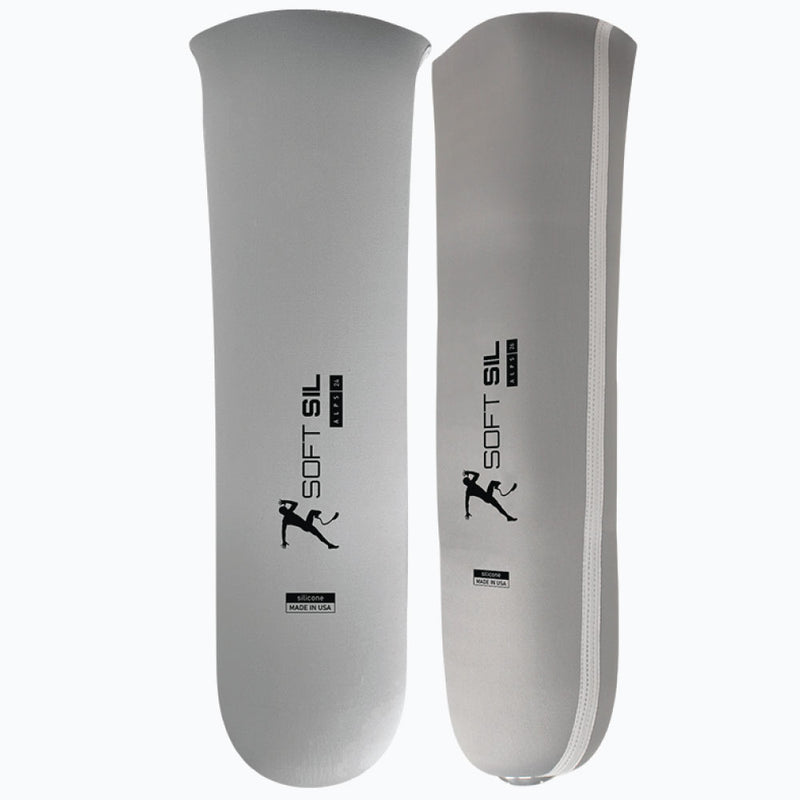
 Durable Sleeves
Durable Sleeves
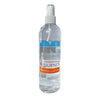 Lubricant Spray
Lubricant Spray
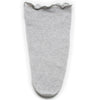 Underliner Sweat Sock
Underliner Sweat Sock
 Alps Liners and Sleeves
Alps Liners and Sleeves